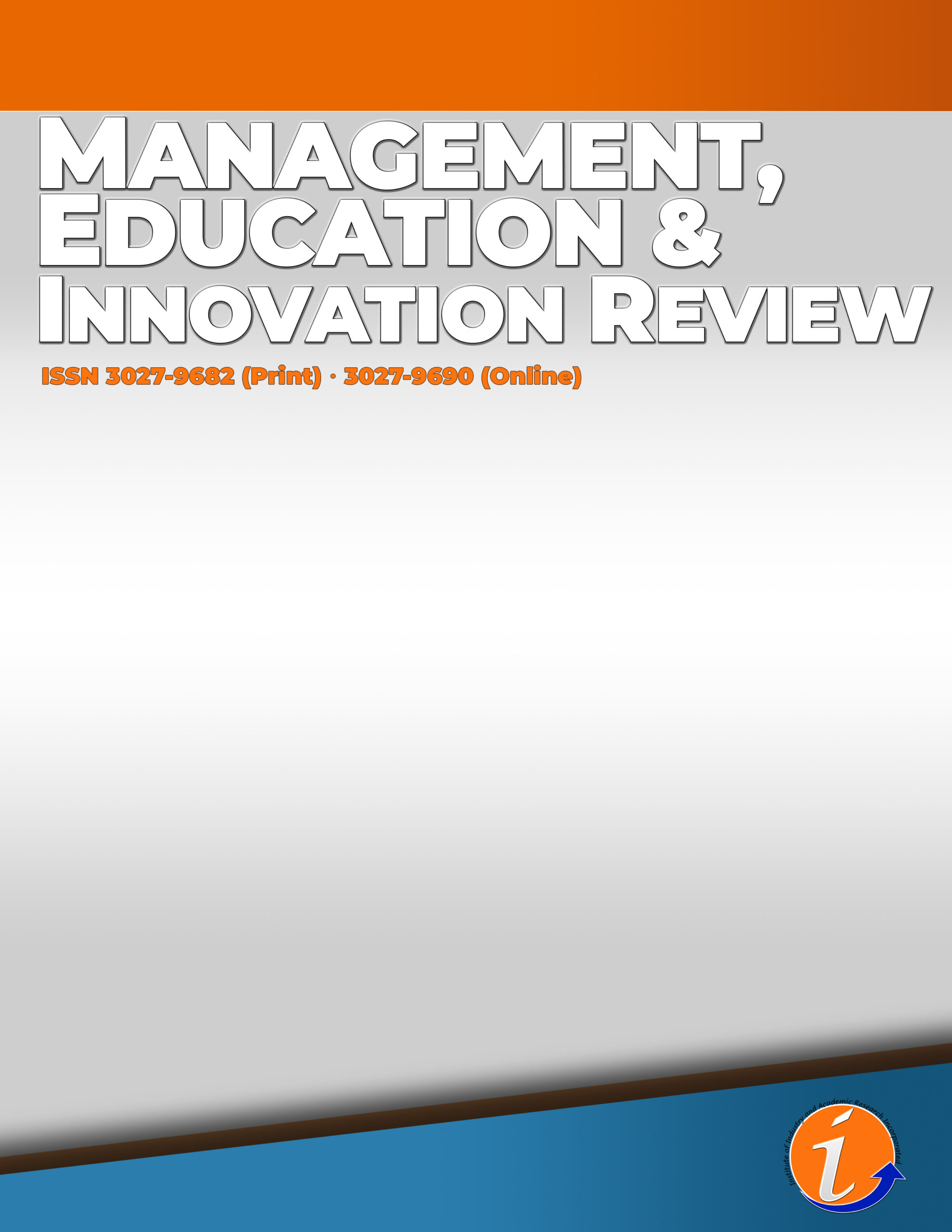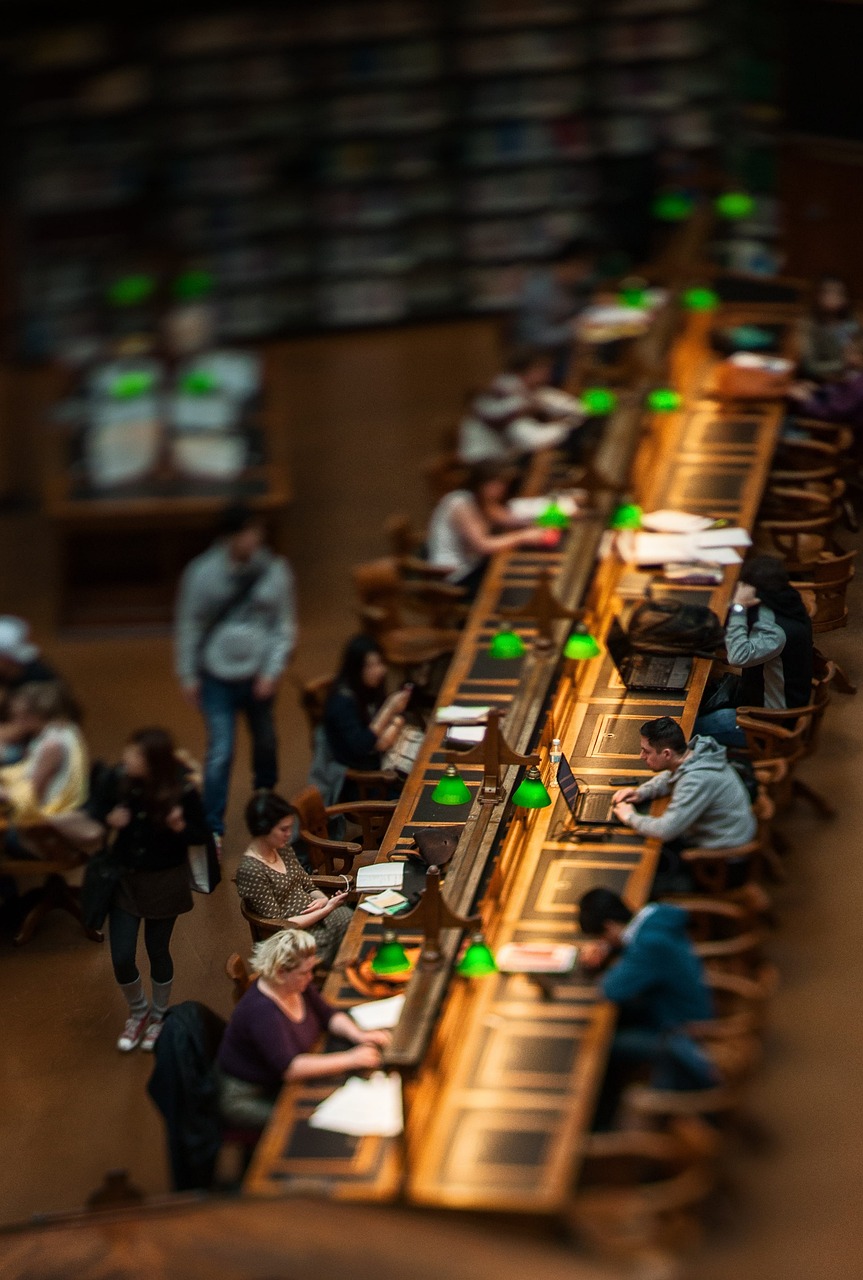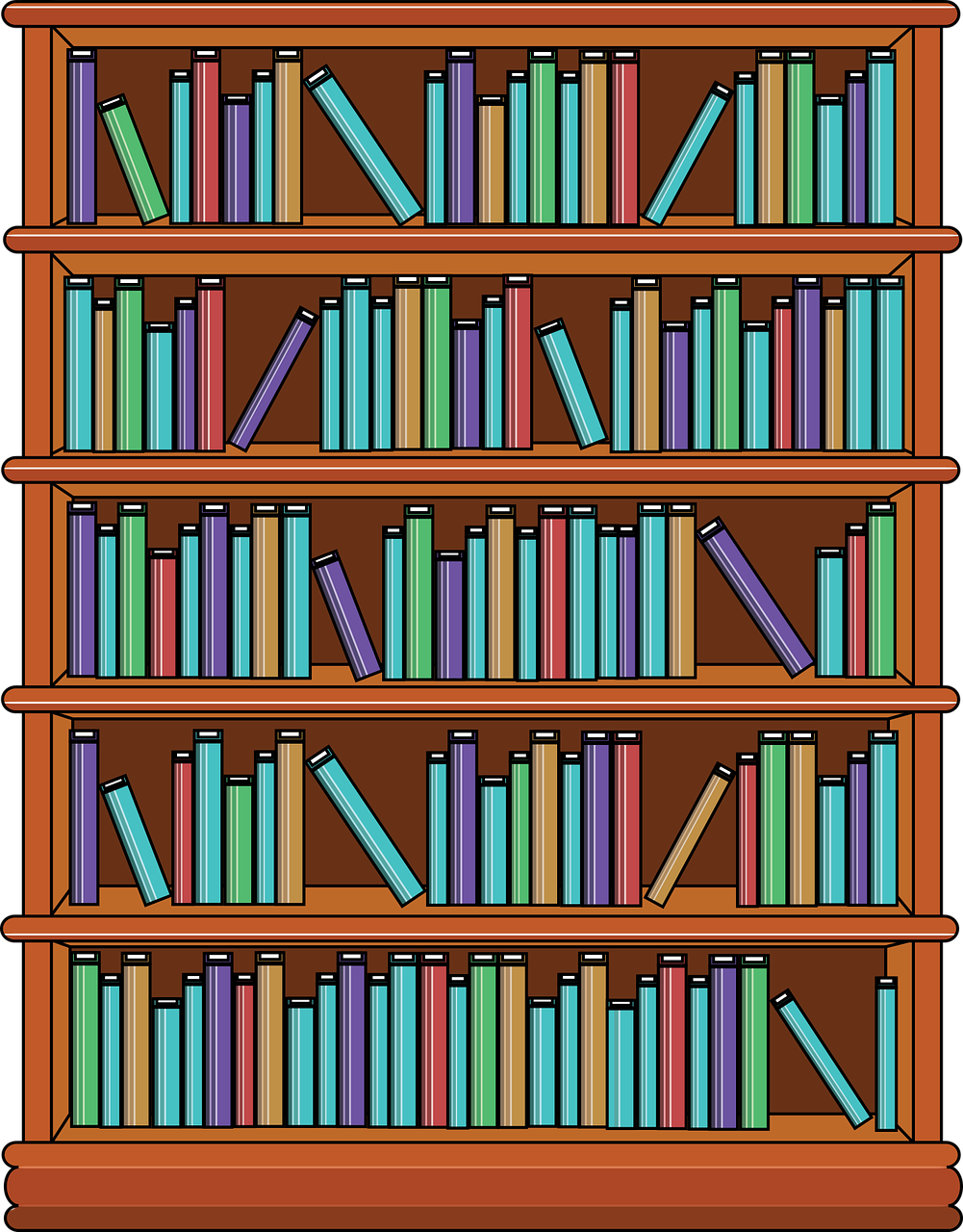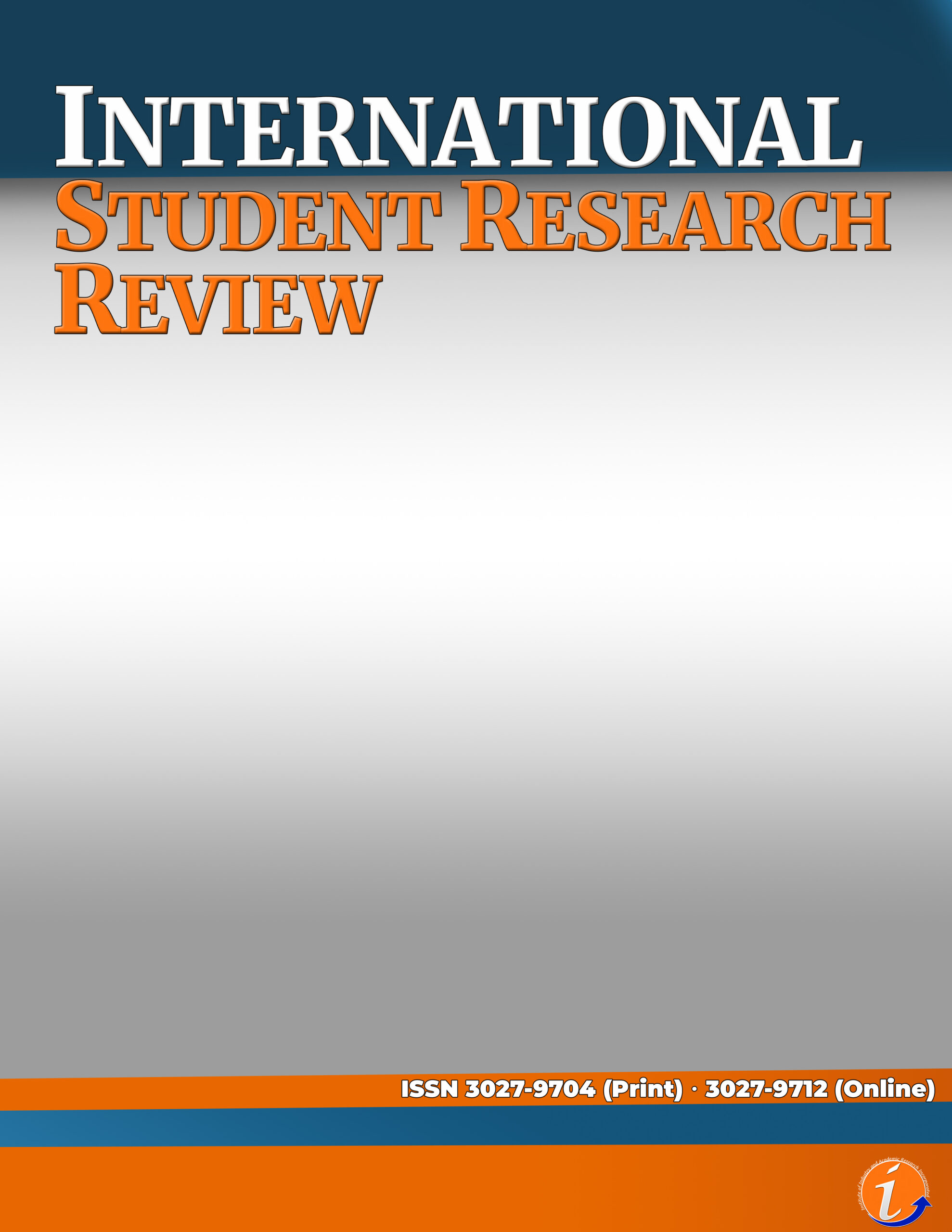Abstract
This study assessed the effectiveness of the online learning platform in teaching Philippine folk dances to develop an online module for MAPEH teachers. Using descriptive-correlational research design, the study was conducted and participated by one hundred (100) Grade 7 MAPEH students from Dolores Macasaet National High School, a secondary public school in Candelaria, Quezon. Using 4-point Likert scale self-constructed questionnaire, the study found out that students acquire sufficient intrinsic, germane, and extraneous knowledge on Philippine folk dance through online teaching. Students believe that online teaching is highly effective medium in learning Philippine folk dances as to appropriateness and delivery. The students also perceived that the online teaching of Philippine folk dances is effective in terms of video and audio, ease of use, and technological efficiency. With the use of the online platform, the students were able to effectively achieve the learning competencies required for the dance in terms of nature and background of dance and skills execution. Students are within the merging level of the MELCs of MAPEH dance criteria in terms of sequence of steps, beat and style while developing in terms of attitude. The correlation test shows that there is significant relationship between the nature and background of dance and skills execution with the online teaching of Philippine folk dances and there are some variables which were not significant and there are some with significant relationship between online teaching Philippine Folk Dance and MELCs.
Keywords: online teaching, Philippine folk dances, MAPEH, MELCS, ICT
References
Alter, S. (2013). Defining information systems as work systems: implications for the IS field. European Journal of Information Systems, 17, 448–469
Andersson, N. (2014). Assessing dance: A phenomenological study of formative assessment in dance education. Nordic Journal of Art and Research. 3(1). http://dx.doi.org/10.7577/information.v3i1.936
Banayo, A.F. & Barleta, C.B. (2021). Online Education as an Active Learning Environment in the New Normal. International Journal of Educational Management and Development Studies, 2(4), 90 – 113. https://doi.org/10.53378/352078
Biehl, B. (2017). Dance and organization: Integrating dance theory and methods into the study of management. Oxon, UK: Taylor & Francis.
Billoso, V., Cortes, M., Fabila, N., Perez, J. & Sarmiento, N. (2023). Strategies for online teaching: A best practice approach using three-domain theories. International Journal of Educational Management and Development Studies, 4 (1), 129-145. https://doi.org/10.53378/352972
Dario, M.C. (2016). A study of the online practices of the Philippine street dance community and dancers’ utilization of YouTube. Unpublished Thesis in Bachelor of Arts in Broadcast Communication. College of Mass Communication University of the Philippines Diliman
Davenport, D. (2017). Dance is academic. Journal of Dance Education, 17(1), 34-36. doi:10.1080/15290824.2016.1177642
Declan, P. (2015). Indigenous dance and the nation: Conflation and metonymy. Te Kaharoa, vol. 8, Special Edition, the Kowhiti Atarau collection
Ferm Thorgersen, C. & Zandén, O. (2013). Teaching for learning or teaching for documentation? Music teachers’ perspectives on a Swedish curriculum reform. British Journal of Music Education, 32(01), 37-50. DOI: 10.1017/S0265051714000266.
Gantan, P., G. Baking, E., T. Quiambao, D., C. Nicdao, R., V. Nuqui, A., C. Cruz, R. (2015). Strategies in teaching music and their perceived effectiveness. Journal of Social Sciences & Humanities Research, 1(1).1-8
Hawthorne BS, Vella-Brodrick DA and Hattie J (2019). Well-Being as a cognitive load reducing agent: A review of the literature. Front. Educ. 4:121. doi: 10.3389/feduc.2019.00121
Kadir, S. (2016). Importance of cultural dance. Available online at: https://medium.com/@ksittiealmirah/importance-of-cultural-dance-c4bde8678353
Kretschmann, R. (2012). What do physical education teachers think about integrating technology in physical education? European Journal of Social Sciences, 27(3), 444-448.
Kretschmann, R. (2015). Physical education teachers’ subjective theories about integrating information and communication technology (ICT) into physical education. The Turkish Online Journal of Educational Technology, 14(1).
Leijen, A. (n.d.). Pedagogical context of practical dance classes in higher education. IVLOS Institute of Education, Utrecht University
Malabanan, J.L., Briones, E.O. & Madrideo, J.V. (2022). Pre-service teachers’ readiness on online learning and their 21st century pedagogical skills. International Journal of Educational Management and Development Studies, 3(3), 79-97. https://doi.org/10.53378/352909
McBurney, D. & White, T. (2009). Research Methods. New York, NY: Cengage Learning.
Mohnsen, B.S. (2012). Implementing online physical education. Journal of Physical Education, Recreation & Dance, 83(2), 42-47.
Moraleja, M.O. & Pereja, A.T. (2022). Online distance learning barriers and their implication in the delivery of instruction in the new normal. International Journal of Educational Management and Development Studies, 3(3), 209-226. https://doi.org/10.53378/352919
Morris, G. (2012). Problems with ballet: Steps, style, and training. Research in Dance Education, 4(1), 17-30.
Puzzo, M.B. (2014). Bakhtin’s dialogism and vossler’s stylistics. Bakhtiniana, São Paulo, 12 (1): 134-153. http://dx.doi.org/10.1590/2176-457326367
Simich, G. (2012). Social media as a performance space. Unpublished Thesis for Master of Fine Arts in Dance, University of California, Irvine.
Sööt, A. & Leijen, A. (2012). Designing support for reflection activities in tertiary dance Education. The 5th Intercultural Arts Education Conference: Design Learning. Procedia – Social and Behavioral Sciences, 45 (2012), 448 – 456
Sööt, A. & Viskus, E. (2014). Contemporary approaches to dance pedagogy – the challenges of the 21st century. International Conference on Education & Educational Psychology 2013 (ICEEPSY 2013). Procedia – Social and Behavioral Sciences, 112 (2014), 290 – 299
Sweller, J. (1988). Cognitive load during problem solving: Effects on learning. Cognitive Science, 12, 257–285.
Velasco, R.M., Ancheta, R.F. & Ironsi, C.S. (Eds) (2022). Pedagogy for Online Learning Theory & Practice. Institute of Industry and Academic Research Incorporated. DOI: https://doi.org/10.53378/01.22.002













